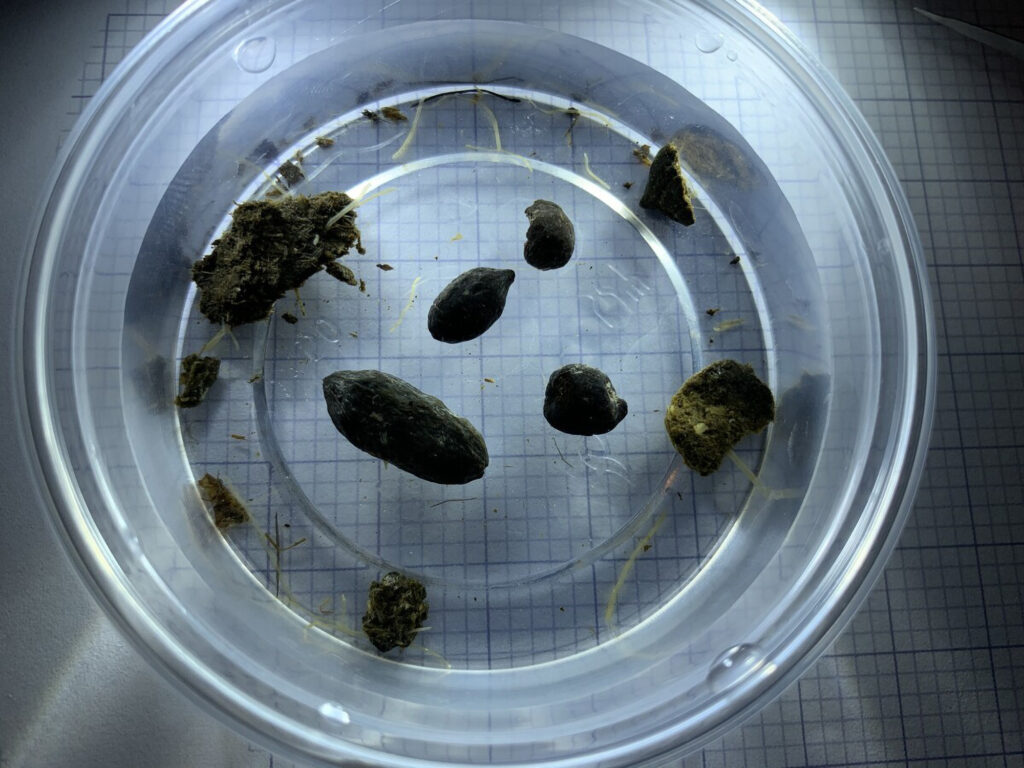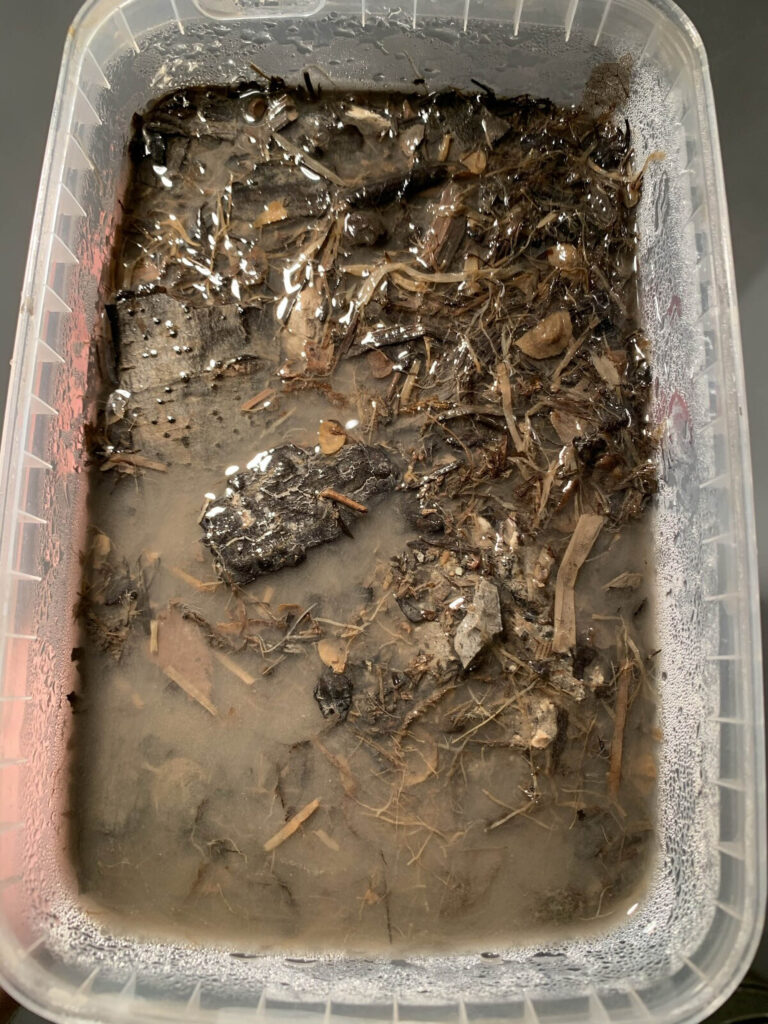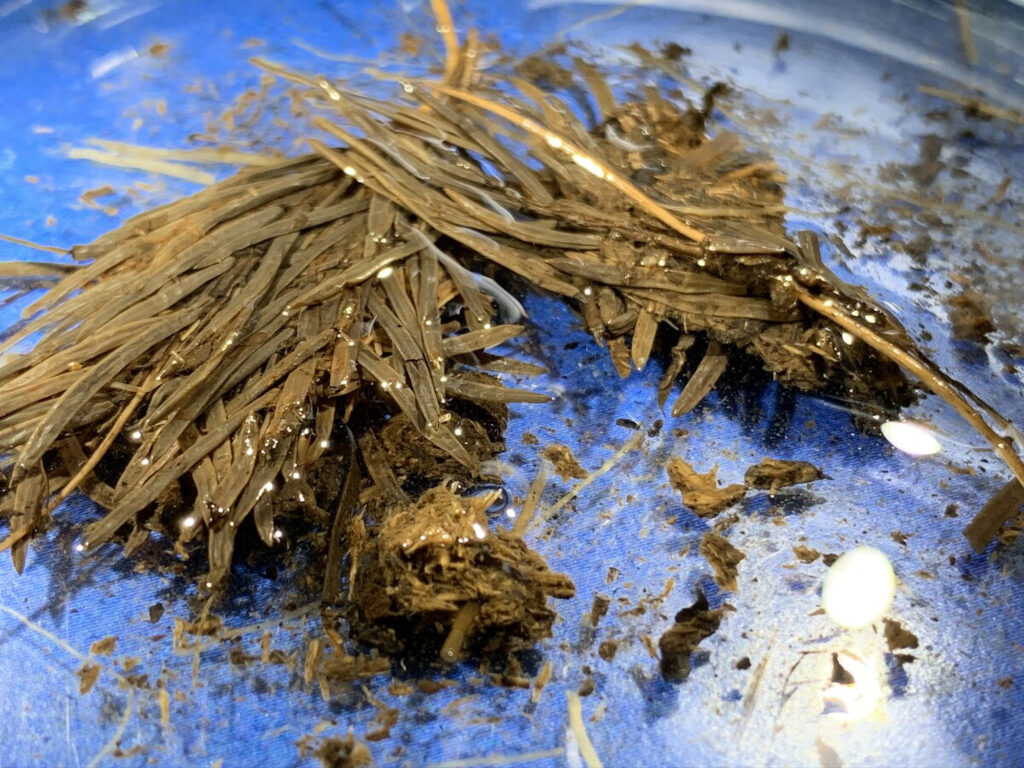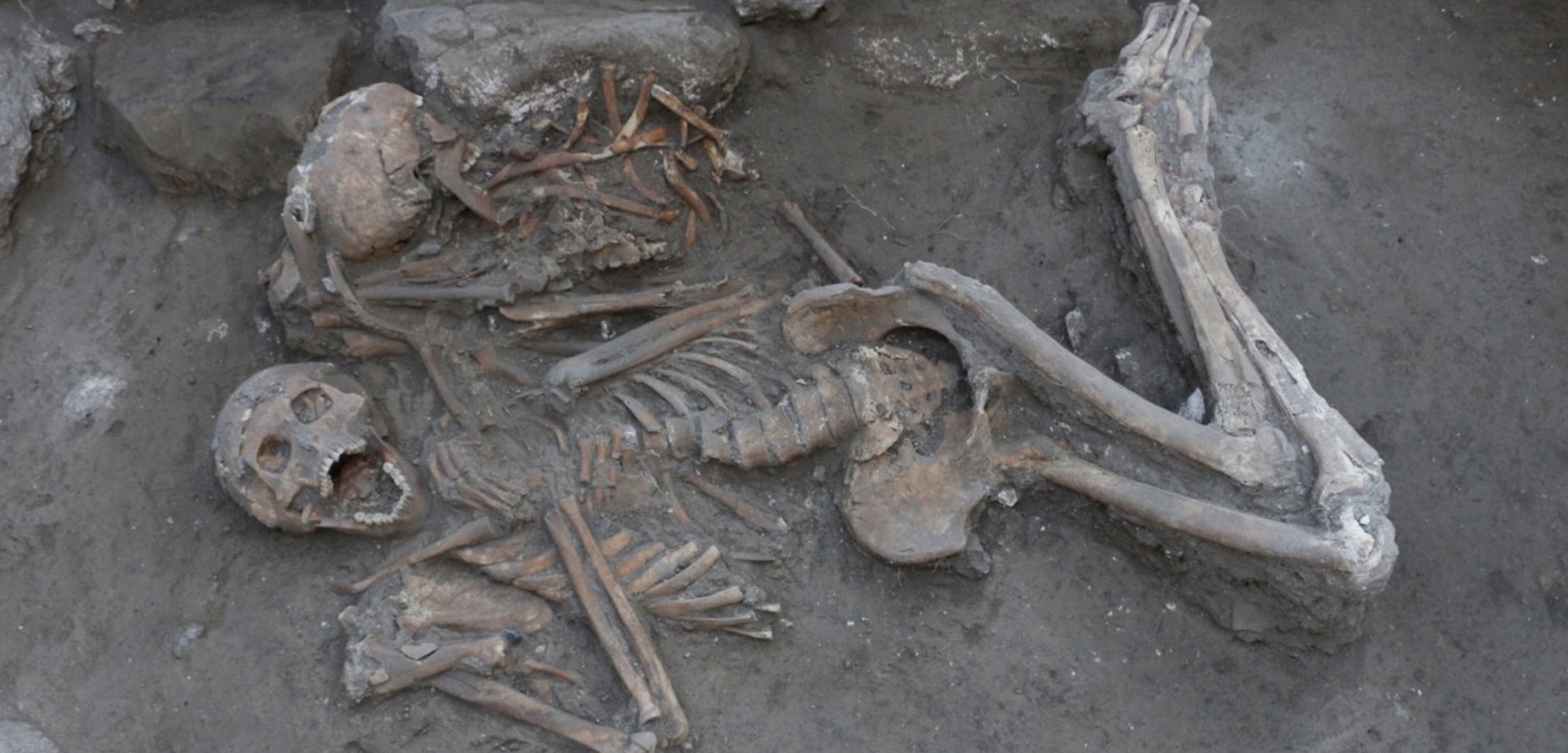Scientists Crack Secrets Of Ancient Farming With Stone Age Dung
Scientists have cracked the secrets of Stone Age farmers after studying ancient animal poo still perfectly preserved after 5,500 years.

The Neolithic dung was harvested from an ancient settlement built on stilts beside Lake Mondsee, in Austria.
And it has revealed not only what animals Stone Age farmers reared but how they fed and kept them in enclosures.
The study – from the Austrian Academy of Sciences (OAeW) – looked at poo from ancient cattle, sheep and goats found at the site.
The waste, say the scientists, revealed not only the wide diet the Stone Age villagers managed to provide but their sophisticated land management too.
Animal dung from the site contained grains and hay from dried grasses and dried elm leaves, says the study.
And farmers learned how to use the nearby forest to crop certain trees to harvest for their livestock.
A statement from the OAeW obtained by Newsflash on Thursday, 9th February, said: “By analysing the remains of livestock in the vicinity of the Stone Age pile dwelling settlements on Lake Mondsee in the Salzkammergut, researchers gained valuable insights into everyday life in the year 3,500 BC.”

Lead study author Thorsten Jakobitsch, from the OeAW said: “In principle, it is a 5,500-year-old dung heap.
“We analysed the samples in the laboratory and can thus determine that goats, sheep and cows were kept and what was on their menu.
“We can see that the animals were kept in the settlements only in winter, and we could detect winter food such as dried elm leaves and cereals.
“In addition, for the first time we have found solid evidence for the assumption that grass plants were already being processed into hay at that time.
“We can say that because we found plants in the remains of the hay that would be poisonous for the animals if they were eaten fresh.”
The statement added: “Researchers also found traces of deciduous hay and hazelnut blossoms in the samples.
“These show that the forest was already being used at that time, in a planned and organised manner.”

Jakobitsch said: “The hazelnut blossoms were harvested in late winter and used as a reliable source of fodder for this sparse time of the year.
“Harvesting deciduous hay also shows that people were very organised because harvested trees take a few years to produce new shoots with leaves.
“That has to be managed accordingly.
“The people of the time knew many ecological connections and used them to their advantage.”
The study – published in the academic journal Archaeological and Anthropological Sciences on 4th February – is called ‘How animal dung can help to reconstruct past forest use: a late Neolithic case study from the Mooswinkel pile dwelling (Austria)’









